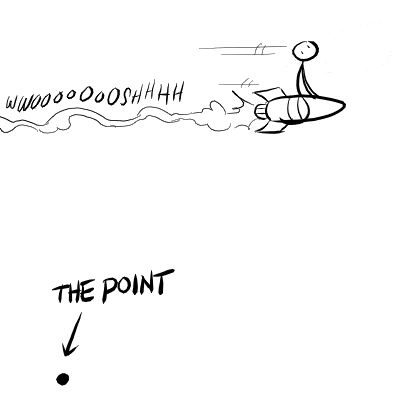
From the Canberra Times last week
Exercise could be the answer to solving one of Australia’s biggest health burdens
Chronic pain disorders occupy nearly half of our top 10 health burdens, but the answer to solving the problem could be cheaper than we think.
We need to rethink what pain is, according to Professor of Clinical Neurosciences at the University of South Australia Lorimer Moseley.
He presented his research at the Canberra Health Annual Research Meeting this week and says the time has come for a “revolution” in how we think about pain.
“Changing what we think about pain reduces pain. Understanding that pain is over protective, really understanding how, reduces pain… so the way we do that is we teach people about pain and that’s a therapy. It’s got as good effects in chronic pain as anything else.” (emphasis added)
The headline is a bit of a worry, but otherwise all good so far, sounds pretty much like the Lorimer we all know and love.
But then this:
But the very best solution for pain is something that almost everyone can do. Movement and exercise.
Did Lorimer really say that?
No…
But Professor Moseley said that doesn’t mean chronic pain sufferers should go and run 10 kilometres. “You just have to do it slowly enough that it doesn’t freak out your system,” he said. “We say always do more today than you did yesterday, but not much more.”
From the earliest days of Explain Pain, the idea of graded exposure to activity has been central to the whole approach, but, and it’s an important but, graded exposure was always, ALWAYS, discussed in the broader context of up to date, accurate pain biology – an ‘informed graded exposure’ if you will.
Lorimer even says it (highlighted above); Explain Pain is therapy*. Sadly this nuanced, but very much non-trivial, point seems completely lost in the article.
-Tim Cocks
*Just in case it needs saying, no one is saying it is the only therapy, but it is pretty important.
Last chance to get on an Australian Explain Pain or Graded Motor Imagery Course for 2016
Gold Coast 30 September – 2 October Explain Pain and Graded Motor Imagery (Close to full, remaining tickets selling fast)
Perth 15 – 17 October Explain Pain and Graded Motor Imagery
EP3 events have sold out three years running in Australia, and we are super excited to be bringing this unique format to the United States in late 2016 with Lorimer Moseley, Mark Jensen, David Butler, and few NOI surprises.
EP3 EAST Philadelphia, December 2, 3, 4 2016
EP3 WEST Seattle, December 9, 10, 11 2016
To register your interest, contact NOI USA:
p (610) 664-4465
e noius@noigroup.com
Have you downloaded our new Protectometer App yet? Just search the App Store from your iPad for Protectomteter’




Hi Tim,
Sadly so much gets lost in translation and yes it’s hard to change ones ways, in the light of new knowledge when one has invested so much into the way one has functioned in the past. Let’s be honest, when in front of any audience haven’t you asked yourself the question “I wonder how many, if any of these people are going to begin to think differently Monday morning”? Maybe the investment and interests are just to deep to let go of? Maybe I’m just becoming a cynical old man!?
DB London
On location 😎😎👰🏻
Hi Tim
I agree with your article but there is an emphasis on graded exposure that I have not been able to find solid evidence for. I hopefully do something similar to you guys I just can’t find strong evidence to support graded exposure in physical therapy.
Do you know of some or can you possibly reference me to studies that could help me enlighten myself?
Hi Simon
I think the emphasis is on good quality education – that’s the point that has been missed. Lorimer mentions graded activity which seems to have been conflated with “exercise”, but I have always understood Lorimer’s view on graded activity to be as much about a return to meaningful life activity, as much as a specific ‘treatment’ for pain that somehow stands alone. This is exemplified in his writings on the subject, as well as in Explain Pain and The Explain Pain Handbook: Protectometer. Check them out – they’re both great books 😉
As to other evidence or references – Google Scholar is your friend – only you can decide what you deem to be “strong evidence”.
My best
Tim